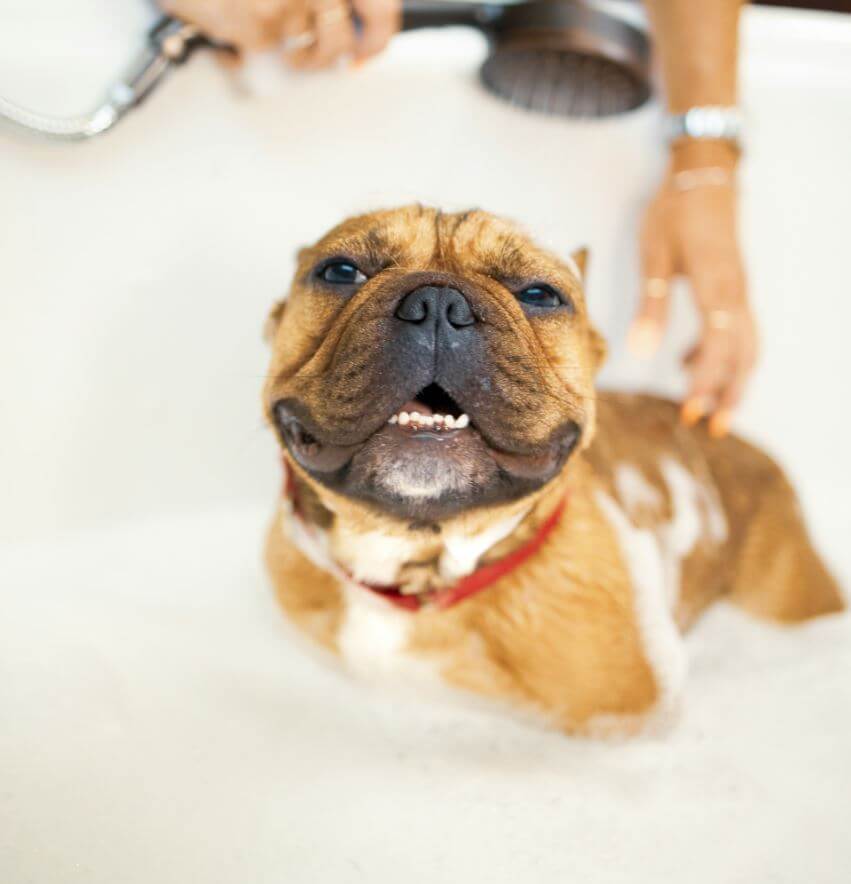The question of whether dogs are unequivocally “happier” after a bath delves into the nuanced realm of dog behavior. Here’s a comprehensive breakdown shedding light on why your furry friend might exhibit certain behaviors post-bath, and how to discern their true sentiments:

Relief and Release:
- Physical Discomfort: Dogs, much like humans, may experience skin discomfort due to soap residue or inadequate rinsing during baths. Moreover, the bathing process itself, especially if accompanied by restraint, can induce stress in some dogs. Post-bath, the sensation of being free and dry often brings about a sense of relief, manifesting in a burst of playful energy.
- Removal of Irritants: A thorough bath eliminates unpleasant odors, dirt, and allergens that may have accumulated on your dog’s fur. This newfound cleanliness can alleviate discomfort, prompting increased activity and vitality.
Misinterpreting Behaviors:
- Zoomies: The sudden surge of energy commonly observed post-bath, affectionately termed as “zoomies,” may not necessarily signify unadulterated happiness about the bathing experience. Rather, it could be attributed to the release of pent-up nervous energy or the sheer joy of liberation post-bath.
- Scent Removal: Dogs heavily rely on their sense of smell to navigate and comprehend their surroundings. A bath strips away their familiar scent, prompting them to roll on surfaces to re-establish their olfactory presence. While this behavior may be misconstrued as joy stemming from the bath, it primarily revolves around reinstating their scent profile.
Signs of a Positive Bath Experience:
- Relaxation: If your dog seeks comfort by snuggling or exhibits relaxation post-drying, it indicates that they might have found the bathing experience calming or, at the very least, tolerable.
- Tail Wags: A relaxed wagging tail during or after the bath serves as a positive indicator, suggesting that your dog companion perceives the bath in a favorable light.
Overall:
- Focus on Comfort: Prioritize your dog’s comfort during bath time by utilizing lukewarm water, mild shampoos, and gentle techniques, while steering clear of abrasive scrubbing.
- Positive Reinforcement: Encourage calm behavior during and after baths through positive reinforcement, fostering a constructive association with the bathing ritual.
- Respect Individual Preferences: Recognize that individual dogs may have varying tolerance levels for baths. If your dog exhibits significant distress during bathing, seek guidance from a veterinarian or professional groomer to explore alternative cleaning methods or stress-relieving techniques.
By deciphering your dog’s post-bath behaviors and prioritizing their comfort throughout the bathing process, you can cultivate a less daunting bathing experience while upholding the hygiene and well-being of your beloved companion.
